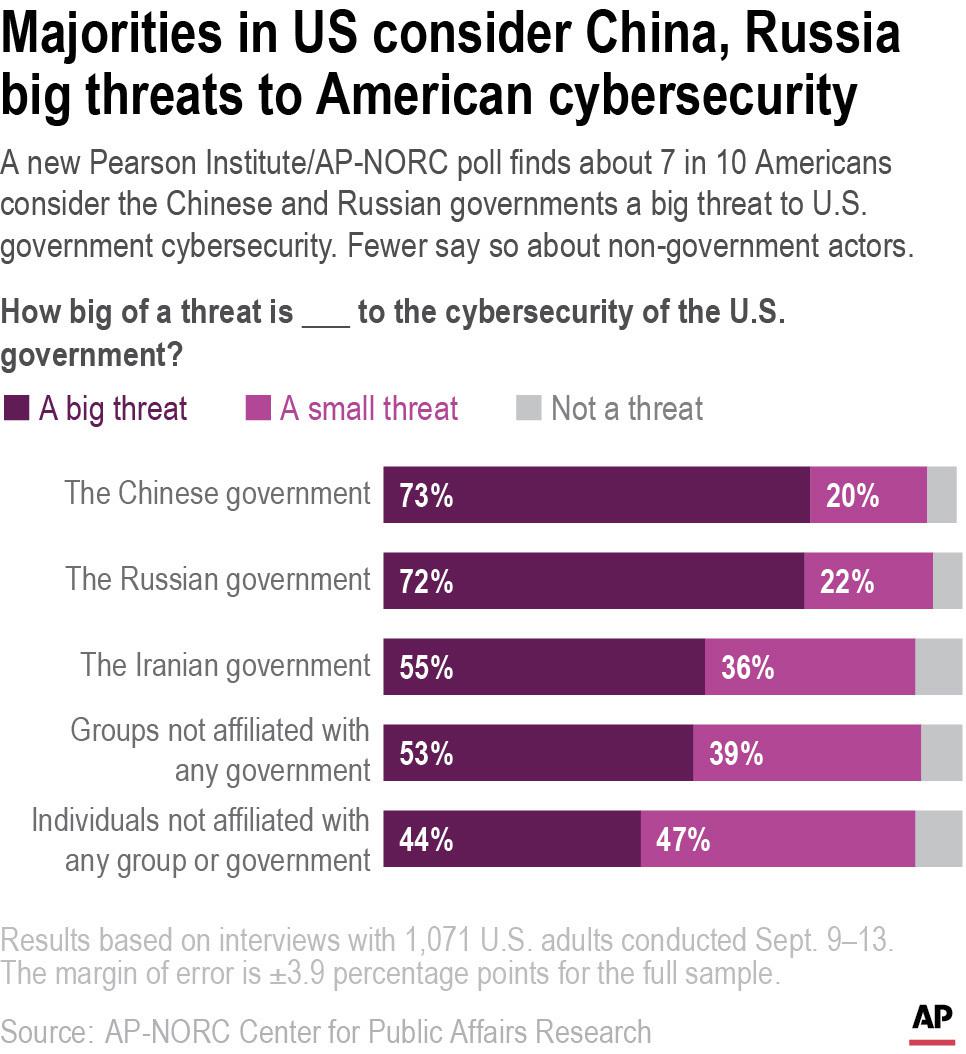Southern California beach set to reopen after oil spill
By AMY TAXIN

Few people visit the beach a week after the ocean was closed to surfing and swimming due to an offshore pipeline leak in Huntington Beach, Calif., Sunday, Oct. 10, 2021. Access the Ocean water has been shut to surfing and swimming for a week since an offshore oil pipeline leaked crude into the water off the coast of Orange County. (AP Photo/Amy Taxin)
HUNTINGTON BEACH, Calif. (AP) — A Southern California beach that had been closed since an undersea pipeline leaked crude into ocean waters last week is set to reopen Monday, officials announced Sunday night.
City and state beaches in Huntington Beach will reopen after water quality tests revealed no detectable levels of oil associated toxins in the ocean water, the city of Huntington Beach and California State Parks said in a news release. They are still urging visitors to avoid areas that smell of oil and not to touch any oiled materials that wash ashore.
That news will likely please surfers and beach-goers like Richard Beach, who returned to the waves in Huntington Beach with his bodyboard — until lifeguards jet skis chased him out on Sunday. He trekked back across the beach, passing workers in hazmat suits tasked with clearing the sand of sticky, black blobs that washed ashore after the spill.
“The water’s perfect,” said Beach, 69. “Clear all the way to the bottom.”

Huntington Beach and nearby coastal communities have been reeling from last week’s spill that officials said sent at least about 25,000 gallons (95,000 liters) and no more than 132,000 gallons (500,000 liters) of oil into the ocean. It was caused by a leak about 5 miles (8 kilometers) off the coast in a pipeline owned by Houston-based Amplify Energy that shuttles crude from offshore oil platforms to the coast.
The spill was confirmed on Oct. 2, a day after residents reported a petroleum smell in the area. The cause is under investigation and officials said they believe the pipeline was likely damaged by a ship’s anchor several months to a year before it ruptured. It remains unknown when the slender, 13-inch (33-centimeter) crack in the pipeline began leaking oil.
On Sunday, there was no smell of oil and the sand looked largely clear by the Huntington Beach pier, where workers combed the sand for tar. But local officials worry about the environmental impact of the spill on wetlands, wildlife and the economy. With the ocean off limits in the community dubbed Surf City USA, relatively few people were at the beach and shops that cater to them have been hurting.
Officials in the city of 200,000 people have been testing the water to ensure it’s safe for people to get back in and said they’ll continue the testing for at least two more weeks.
Since the spill, residents have been allowed to walk on the sand in Huntington Beach but not on the shoreline or enter the water, and parking was blocked off for nearby state beaches. Popular surfing and swimming spots in Newport Beach and Laguna Beach have also been closed.
In Huntington Beach, shops selling everything from bikinis and stars-and-stripes boogie boards to sand toys and fishing gear have been taking a hit. Marian Johnson, who owns “Let’s Go Fishing” on the pier, said sales have been halved since the spill.

Mike Ali, who owns the nearby shop Zack’s, said since the water closure he had to shut three of his four locations and slash his workers’ hours. People are coming in for bike rentals and food to his one store that remains open, but without surf lessons, event catering and beach bonfires, business has tanked 90%, he said.
“It could be a year to two years to get the tourism to come back,” Ali said, adding that a 1990 oil spill wound up diverting would-be visitors to beaches south and north of the city.
Rich Toro, 70, still took his regular 25-mile (40 kilometers) bike ride down to Huntington Beach on Sunday. But he said he wouldn’t race to get back into the water in light of the spill and worries about the impact on wildlife. Since the incident, officials have reported 38 dead birds and nine dead fish, while 27 oiled birds have been recovered and are being treated.
On Sunday morning, only a handful of people played beach volleyball in Huntington Beach while a few others did exercises or laid on the sand.

But the water closures didn’t deter everyone. While fishing is barred along the shore of virtually all of Orange County, Michael Archouletta, 29, said he came down from East Los Angeles and saw no signs on the pier preventing him from dropping a line. A school of fish swam beneath the pier nearby.
“If this was so dangerous, the fish would be dead,” Archouletta said.





















